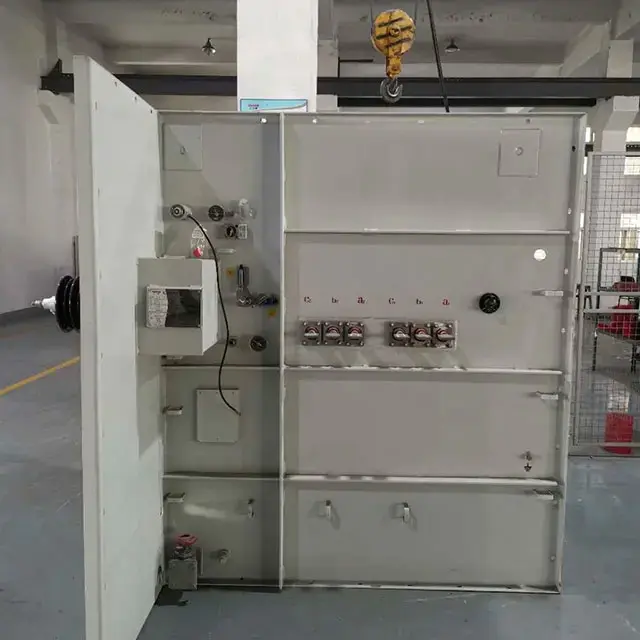
Photovoltaic (PV) cells, commonly known as solar cells, are at the heart of solar energy systems, converting sunlight directly into electricity through a series of precise energy transformations. At SGOB, we specialize in high-efficiency photovoltaic transformers and solar energy components that maximize power conversion and grid compatibility.
This guide explores:
The step-by-step energy transformations in photovoltaic cells
Key components of a solar energy system
SGOB’s premium photovoltaic transformers and their specifications
Industry applications and efficiency optimizations
FAQ on photovoltaic energy conversion

A photovoltaic cell undergoes multiple energy conversions to produce usable electricity:
Solar Radiation to Electrical Energy (Photovoltaic Effect)
Sunlight (photons) strikes the semiconductor material (usually silicon).
Photons with sufficient energy dislodge electrons, creating electron-hole pairs.
Direct Current (DC) Generation
The internal electric field in the PV cell separates electrons and holes, generating DC electricity.
DC to AC Conversion (via Photovoltaic Transformer & Inverter)
The photovoltaic transformer adjusts voltage levels for grid compatibility.
An inverter converts DC into alternating current (AC) for household/industrial use.
Energy Storage (Optional)
Excess electricity can be stored in batteries or fed back into the grid.
| Component | Function | SGOB Product Example |
|---|---|---|
| Photovoltaic Cells | Convert sunlight to DC electricity | Mono/Polycrystalline Solar Modules |
| Photovoltaic Transformer | Steps up voltage for efficient transmission | SGT-5000 Series |
| Solar Inverter | Converts DC to AC | Hybrid & Grid-Tie Inverters |
| Charge Controller | Regulates battery charging | MPPT/PWM Controllers |
| Energy Storage | Stores excess power | Lithium-Ion Battery Systems |
Increase transmission efficiency by stepping up voltage
Ensure grid stability with precise voltage regulation
Protect against power surges with built-in safety mechanisms
| Model | Input Voltage (DC) | Output Voltage (AC) | Efficiency | Cooling System | Protection Rating |
|---|---|---|---|---|---|
| SGT-3000 | 600V | 240V/380V | 98.2% | Oil-immersed | IP55 |
| SGT-5000 | 1000V | 480V/690V | 98.5% | Dry-type | IP65 |
| SGT-8000 | 1500V | 800V/1000V | 99% | Hybrid cooling | IP67 |
✔ IEC 60076 & IEEE C57.12 compliant
✔ 20-year operational lifespan
✔ Lightning & surge protection
A: A PV cell first converts sunlight into DC electricity via the photovoltaic effect. The photovoltaic transformer then steps up the voltage to minimize transmission losses before the inverter converts DC to AC. SGOB’s transformers ensure maximum energy retention (up to 99% efficiency) by reducing resistance in long-distance power transfer.
✔ Higher Efficiency – Industry-leading 98-99% transformer efficiency
✔ Customizable Designs – Tailored for residential, commercial, and utility-scale projects
✔ Global Certifications – Meet international safety and performance standards
Ready to optimize your photovoltaic system with high-performance transformers? Contact us now for a free consultation and quote!
📩 Email: enquiry@sgobtransformer.com
📞 24/7 Technical Support Available
With decades of experience in renewable energy systems, I confidently recommend SGOB transformers for unmatched reliability and efficiency. Let’s power your sustainable future together!
— The SGOB Engineering Team